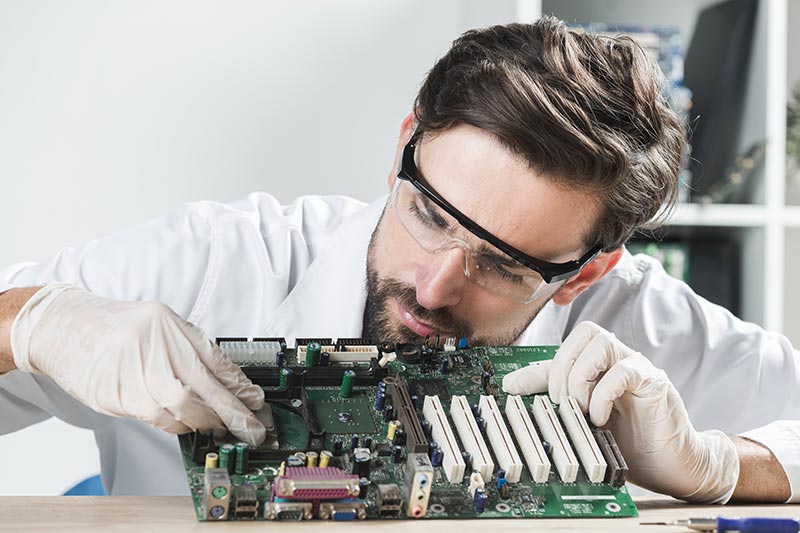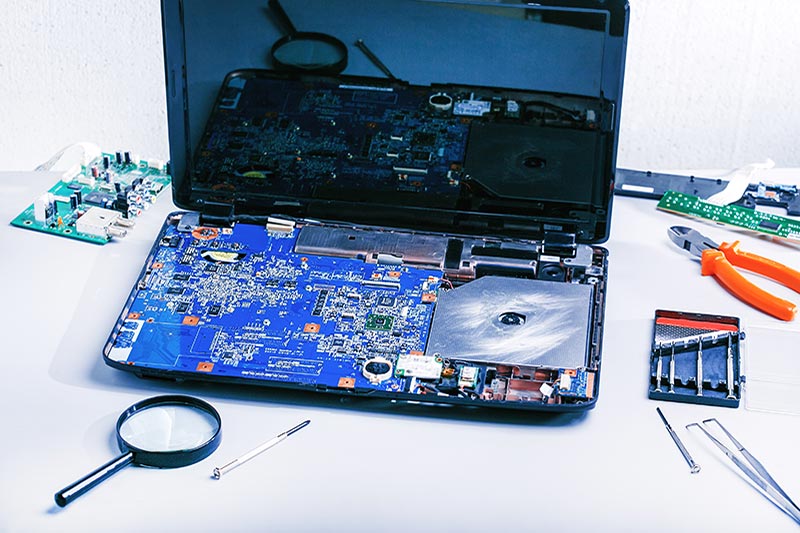
Some Computer Maintenance You Should Be Doing
- 1. Clean Your Computer
- 2. Keep Software Up-to-Date
- 3. Run Antivirus and Malware Scans
- 4. Manage Storage
- 5. Check and Monitor System Performance
- 6. Optimize Battery Life (for Laptops)
- 7. Check Disk Health (for Hard Drives and SSDs)
- 8. Check for Overheating
Physically Clean the Exterior: Wipe down the screen, keyboard, and exterior with a microfiber cloth. Use compressed air to blow out dust and debris from vents, fans, and ports.
Operating System Updates: Ensure your OS (Windows, macOS, or Linux) is up-to-date with the latest security patches, bug fixes, and performance improvements.
Install Antivirus Software: Ensure you have antivirus software installed and regularly scan for viruses, malware, or other security threats.
Clear Cache and Temporary Files: Delete cache, cookies, and temporary files regularly to free up storage space and improve performance.
Task Manager/Activity Monitor: Regularly check your system’s resource usage (CPU, RAM, disk space, and network) to spot any performance issues. Close programs that are consuming too many resources.
Calibrate the Battery: If you notice your laptop battery isn’t holding a charge properly, try calibrating it by charging it to full, then draining it to around 5-10% before charging it again.
Run Disk Check Utility: For HDDs, use built-in tools like CHKDSK (Windows) or Disk Utility (macOS) to check for errors and fix any disk issues.
Monitor Temperature: Use software tools to monitor CPU and GPU temperatures. If they are getting too hot (usually above 85°C), consider improving ventilation, using a cooling pad for laptops, or cleaning the internal fans.


